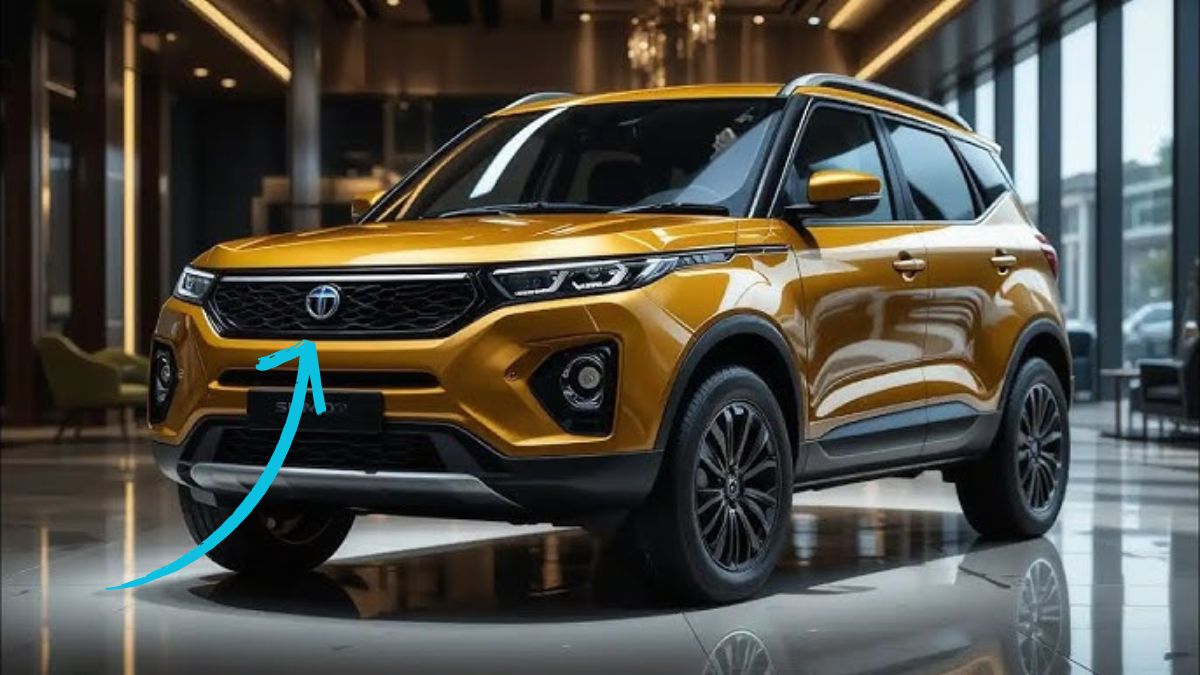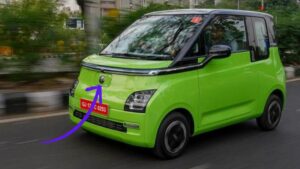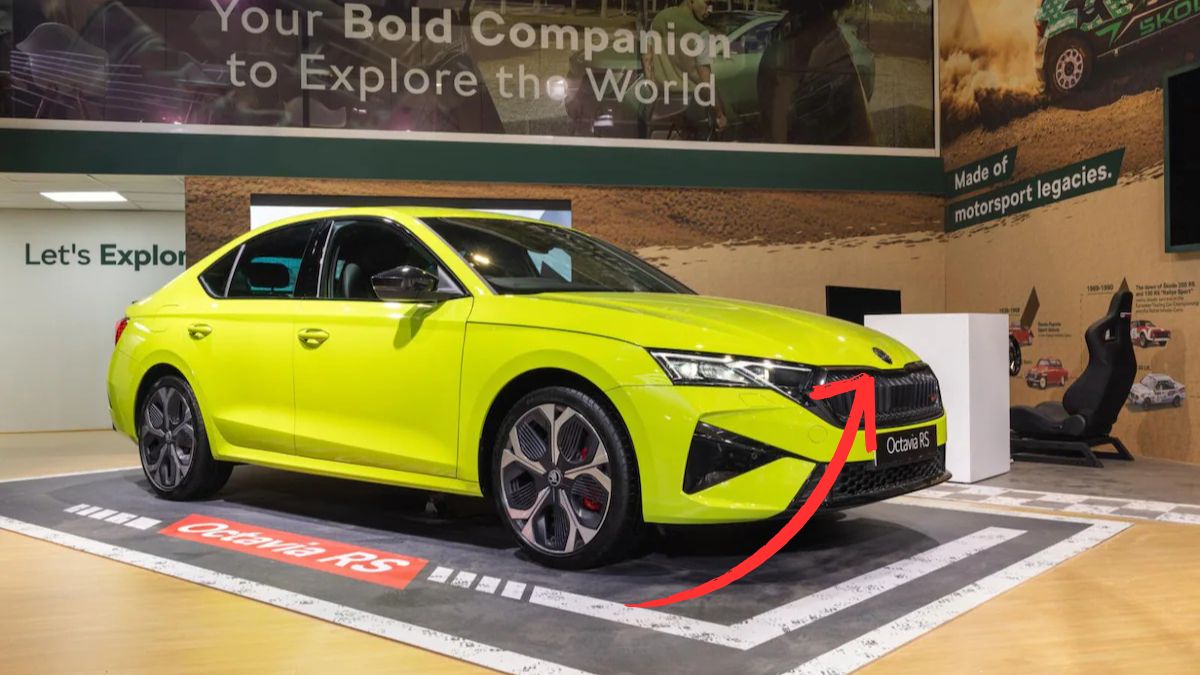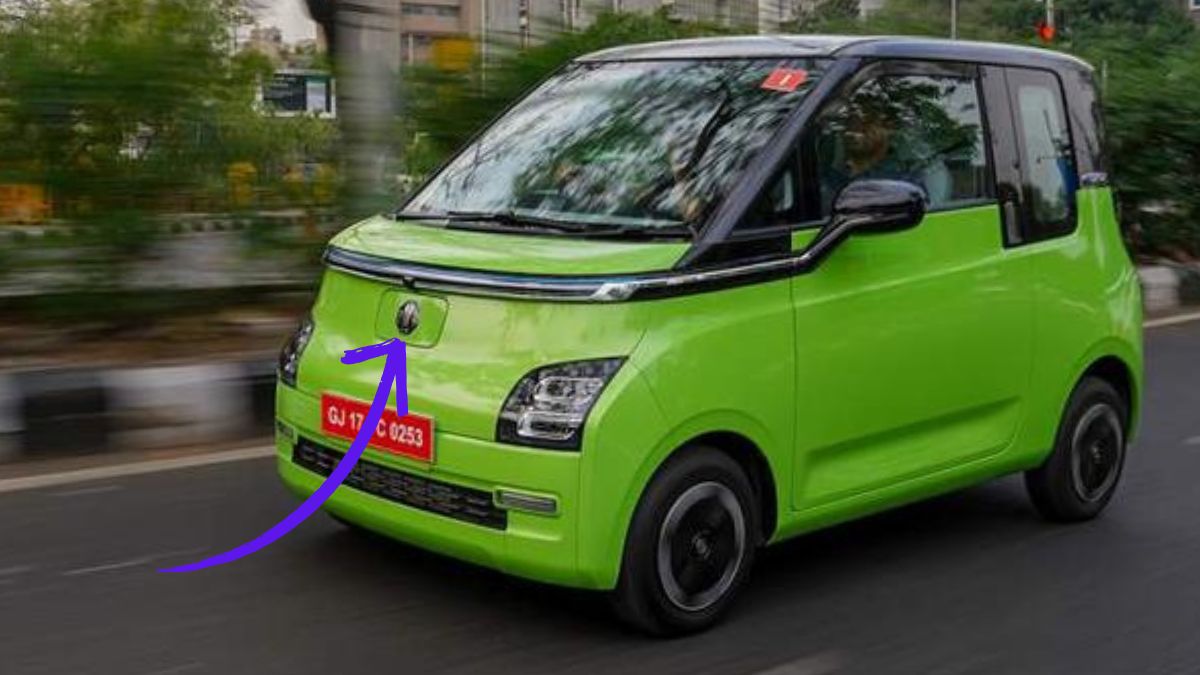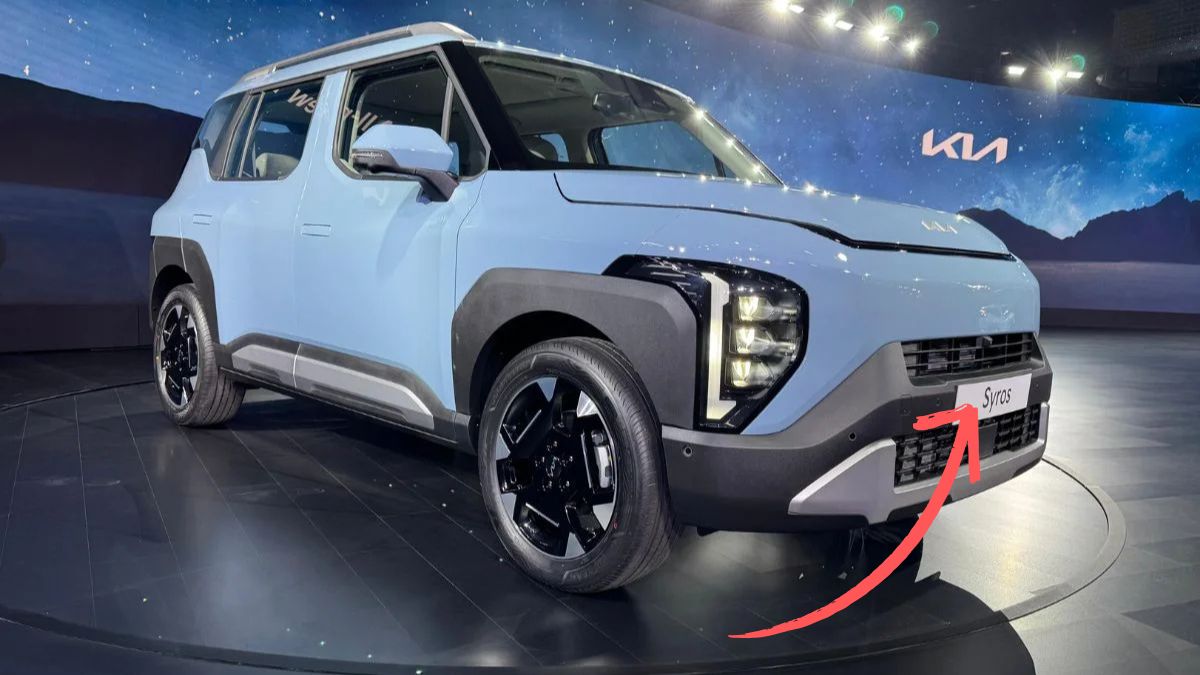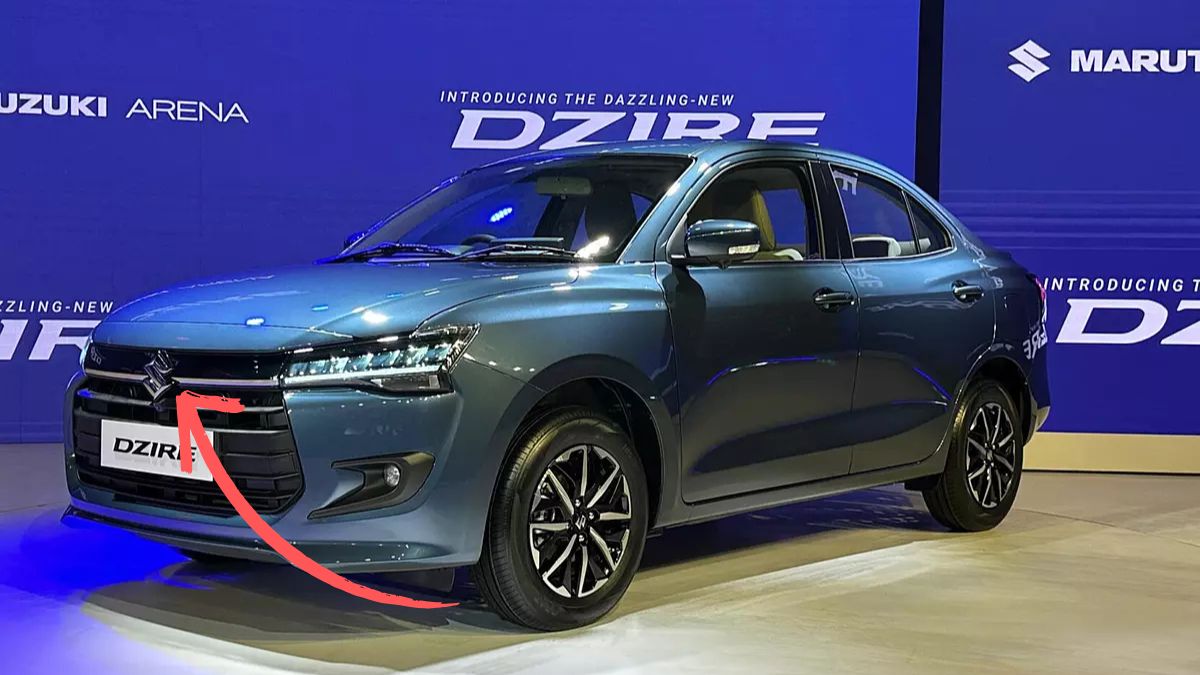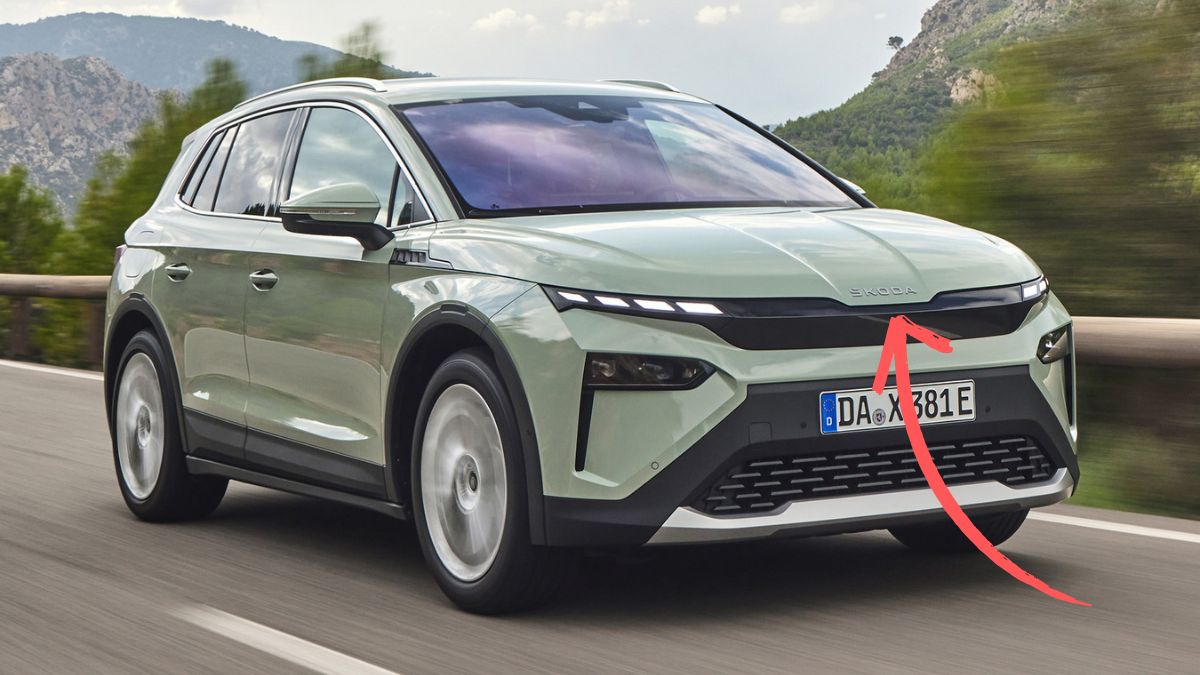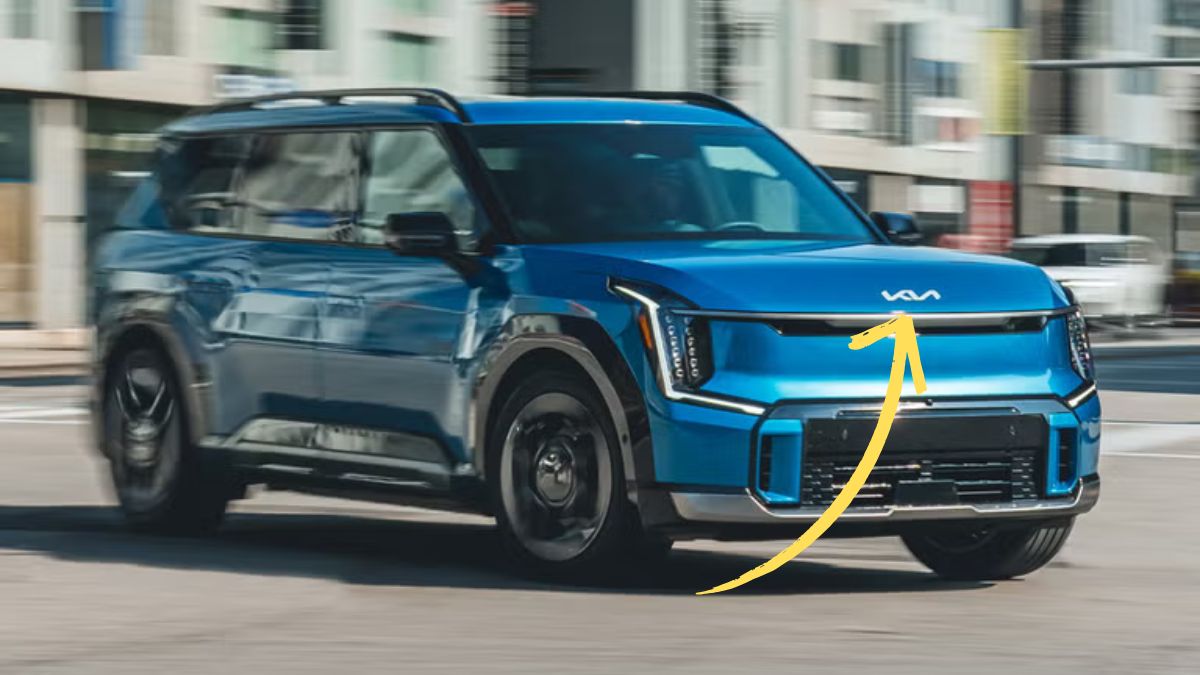Few vehicles in India’s automotive history have left a lasting impact quite like the Tata Sumo. Introduced in 1994 by Tata Motors, this multipurpose utility vehicle (MUV) became a staple on Indian roads, serving families, businesses, and public services alike. With its rugged build, spacious interior, and affordability, the Sumo became synonymous with durability and reliability.
Table of Contents
Historical
The early 1990s were a turning point for India’s economy, with liberalization policies opening up new opportunities for industrial growth. During this time, Tata Motors identified a need for a sturdy, multi-utility vehicle that could cater to both urban and rural markets. The Tata Sumo was designed to fill this gap, offering a practical solution for diverse transportation needs.
Design
The Sumo’s design philosophy revolved around three key aspects: versatility, durability, and affordability. It was engineered to handle diverse terrains, making it suitable for highways, cities, and off-road conditions. The vehicle was built to withstand tough Indian roads and extreme weather conditions, ensuring long-term reliability.
Additionally, Tata Motors priced it competitively, making it accessible to businesses, individuals, and transport operators alike.
Structure
The Tata Sumo featured a boxy, utilitarian design with a high roofline, which provided ample headroom and cargo space. Its seating capacity ranged from 9 to 10 passengers, making it an ideal choice for group travel.
The vehicle also boasted a high ground clearance, allowing it to navigate rough roads and uneven terrain with ease. Customers could choose between diesel and petrol variants, catering to different driving preferences and cost considerations.
Performance
The Sumo was powered by robust diesel engines, with displacements ranging from 2.0L to 3.0L. It came with a manual transmission, giving drivers better control over the vehicle, especially on challenging terrains. The fuel efficiency was competitive for its segment, striking a balance between power and mileage.
Additionally, its substantial payload capacity made it a preferred choice for commercial use, allowing businesses to transport goods efficiently.
Driving Experience
The combination of a powerful engine and a sturdy suspension system made the Sumo a favorite for long-distance travel. Whether navigating urban roads or rough rural pathways, the vehicle delivered a stable and comfortable ride. Its reliability also made it a popular choice for emergency services, such as ambulances and police transport.
Impact
The Tata Sumo revolutionized mobility in India by providing essential transportation solutions across various sectors. It played a crucial role in rural connectivity, enabling travel to remote areas where other vehicles struggled. The commercial sector also benefited, as small businesses and logistics companies relied on the Sumo for transportation needs.
It was widely used for public services, including school buses, government transport, and emergency vehicles. Additionally, it became a staple in the tourism industry, allowing travelers to explore hilly terrains and rural destinations comfortably.
Economy
Beyond transportation, the Tata Sumo had a significant economic impact. It encouraged entrepreneurship by enabling small-scale transport businesses, such as taxi services and shuttle operations. The widespread use of the vehicle created employment opportunities in driving, maintenance, and repair services.
Additionally, it played a crucial role in regional growth by improving connectivity between urban hubs and rural markets, facilitating trade and development.
Evolution
Over the years, Tata Motors introduced several versions of the Sumo to meet evolving market demands. The original Tata Sumo was known for its rugged utility and straightforward design. The Sumo Gold offered improved comfort and safety features, making it a more refined option.
The Sumo Grande introduced a premium design and better interiors, catering to customers looking for enhanced aesthetics. Finally, the Sumo Victa brought technological advancements and increased efficiency, making it a more modern and practical choice.
Upgrades
With each new iteration, Tata Motors introduced several enhancements. The vehicle’s fuel efficiency improved significantly, reducing operational costs for businesses and individuals. Advanced suspension systems were added to ensure a smoother ride, even on challenging terrains.
Safety features were upgraded to meet evolving regulatory standards, and seating was redesigned for better comfort. These continuous improvements helped the Sumo remain relevant in a competitive market for many years.
Challenges
As India’s automotive landscape evolved, the Sumo faced increasing competition from newer SUVs and MPVs. Consumer preferences began shifting toward feature-rich, stylish vehicles, making the Sumo’s utilitarian design less appealing. Additionally, stricter emission norms pushed the need for greener, more fuel-efficient vehicles, which posed a challenge for older diesel models.
Rapid technological advancements also changed customer expectations, with modern buyers demanding better infotainment systems, automation, and advanced safety features.
Tata’s Response
To address these challenges, Tata Motors continuously refined the Sumo, introducing models with better mileage, enhanced comfort, and improved performance. The company also invested in research and development to look into alternative fuel vehicles and more sustainable mobility solutions.
While the Sumo was eventually discontinued, Tata Motors applied its learnings to develop new-age utility vehicles that retained the brand’s core values of reliability and practicality.
Cultural
Beyond its practical use, the Tata Sumo became a cultural icon in India. It symbolized middle-class aspirations, as many families and businesses saw it as a vehicle that could provide both utility and status.
Its presence in Bollywood films and television shows cemented its place in Indian pop culture. Over the years, it became a legend of reliability, known for its ability to endure rough conditions and long journeys.
Environmental
In response to growing environmental concerns, Tata Motors introduced sustainability efforts in later Sumo models. Emission control systems were enhanced to meet government regulations, reducing the vehicle’s carbon footprint.
Engine modifications improved fuel efficiency, making it more economical for long-distance travel. Tata also investigated alternative fuel options, paving the way for future eco-friendly mobility solutions.
Legacy
Although the Tata Sumo is no longer in production, its legacy remains strong. The design principles and market impact of the Sumo continue to influence modern utility vehicles, inspiring new models that blend practicality with advanced technology.
It wasn’t just a vehicle—it was a movement that bridged mobility gaps, empowered businesses, and provided a reliable transport solution for millions. As the Indian automotive industry transitions to electric and hybrid vehicles, the spirit of the Sumo lives on, reminding us of an era when rugged reliability ruled the roads.
FAQs
When was the Tata Sumo launched?
Tata Motors introduced the Sumo in 1994 as a multi-utility vehicle.
What was the seating capacity of Tata Sumo?
The Sumo typically seated 9 to 10 passengers, ideal for group travel.
Why was Tata Sumo so popular?
Its rugged build, affordability, and versatility made it a favorite.
Is the Tata Sumo still in production?
No, Tata Motors discontinued the Sumo, but its impact remains strong.
What were the main uses of Tata Sumo?
It was used for family travel, business transport, tourism, and public services.
